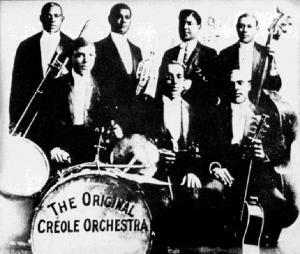
The Original Creole Orchestra
The Original Creole Orchestra (aka The Creole Band, Freddie Keppard’s Original Creole Orchestra) was the first New Orleans Jazz band to tour outside of the South. In

The Original Creole Orchestra (aka The Creole Band, Freddie Keppard’s Original Creole Orchestra) was the first New Orleans Jazz band to tour outside of the South. In
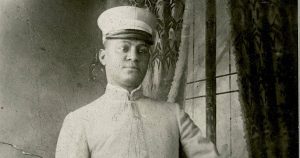
Title Recording Date Recording Location Company Salty Dog (Papa Charlie Jackson) 7-26-1926 Chicago, Illinois Paramount 12399-B 2653-1 Salty Dog (Papa Charlie Jackson) 7-26-1926 Chicago, Illinois
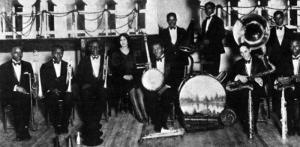
The Original Tuxedo Jazz Orchestra was named for Tuxedo Dance Hall in New Orleans. The band played there from 1910 to 1913, when the club
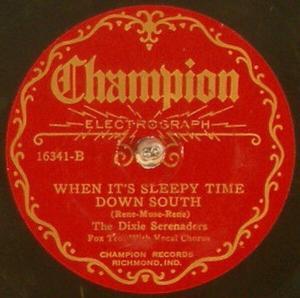
The Dixie Serenaders was the band that Sonny Clay assembled after he returned from Australia in 1928. Notes from the recording session indicate that the band was
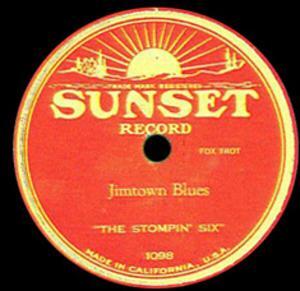
Related to Sonny Clay. Title Recording Date Recording Location Company Down and Out Blues (Arthur Sizemore) 5-1925 Los Angeles, California Sunset 1099 Creole Blues (Charles
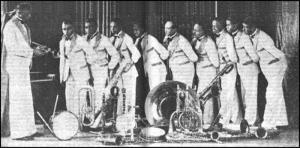
Sonny Clay’s Orchestra played Plantation Café in Culver City, California in the mid-1920s. The nightclub was located on Washington Boulevard, at Elenda Street, across the street

The California Poppies was a pseudonym for Sonny Clay’s Orchestra. Title Recording Date Recording Location Company Lou (Sonny Clay / Henry Walker) 1923 Los Angeles, California Sunset
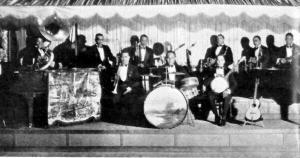
Louis Armstrong and his Stompers only made this one record and it wasn’t released until 1942. This is the band that Louis played with at the Sunset Cafe
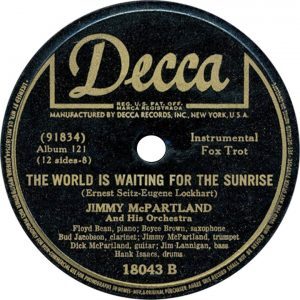
Title Recording Date Recording Location Company China Boy (Winfree / Boutelje) 10-11-1939 New York, New York Decca 18042 A Jazz Me Blues (Tom Delaney) 10-11-1939
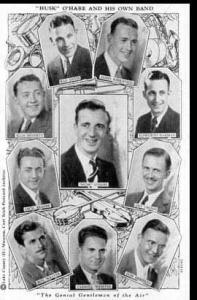
Milenburg Joys features a rare vocal by Turk Savage with words added to the famous Jelly Roll Morton song by Walter Melrose. My Daddy Rocks Me is a typical blues
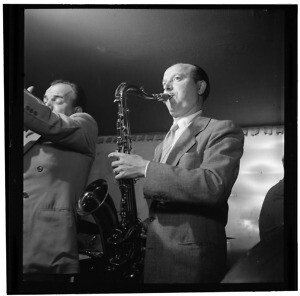
Bud Freeman: Profiles in Jazz Title Recording Date Recording Location Company Can’t Help Lovin’ Dat Man (from “Show Boat”) (Jerome Kern / Roger Hammerstein) 12-3-1928
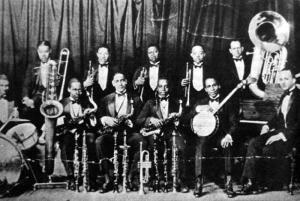
The Fletcher Henderson Orchestra was the most popular African-American band of the 1920s. The smooth, carefully arranged sound of Henderson’s orchestra was a huge influence on the Swing style
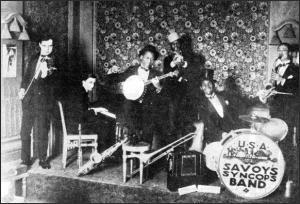
Arthur Briggs was an African-American bandleader who worked primarily in Europe. He first came to Europe in 1919 with Will Marion Cook’s Southern Syncopated Orchestra
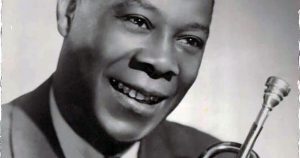
Main Red Hot Jazz Entry: Arthur Briggs’ Savoy Syncopators OrchestraAlso See: Better Days Will Come Again: The Life of Arthur Briggs Title Recording Date Recording
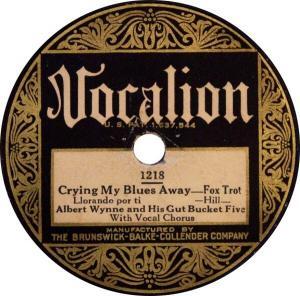
Title Recording Date Recording Location Company Crying My Blues Away (Alex Hill) 10-9-1928 Chicago, Illinois Vocalion 1218 Parkway Stomp With Skee Da Vocal (Albert Wynn
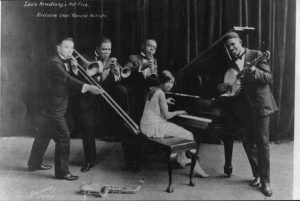
The music of the Hot Five and the Hot Seven is considered by most critics to be among the finest recordings in Jazz history. On November
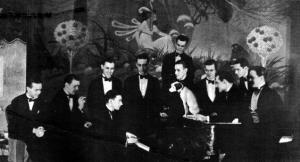
Title Recording Date Recording Location Company After Twelve O’Clock (Joe Moore / Hoagy Carmichael) 9-1-1932 New York, New York Victor 24119 Bessie Couldn’t Help It (1) (Byron
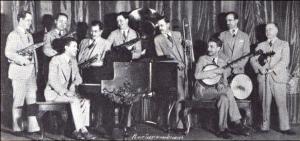
Champion 15420-A was released under the pseudonym of Malcom Webb and his Gang. Title Recording Date Recording Location Company Beautiful 1-9-1928 Richmond, Indiana Gennett 6367
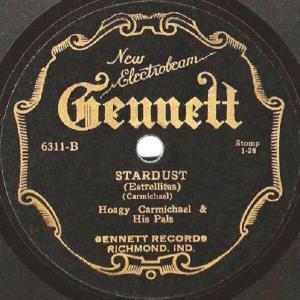
In this 1927 session, Hoagy Carmichael recorded the first version of his famous song “Stardust“. The song went on from these humble beginnings to be one of
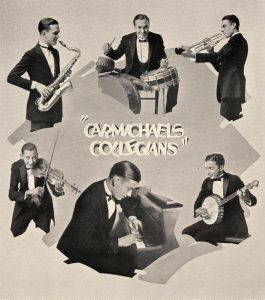
This is Hoagy Carmichael’s first band that he led while he attended the University of Indiana in Bloomington, Indiana. The band had two other recording sessions at
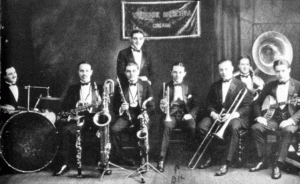
Formed in late 1923, the Wolverines, or Wolverine Orchestra, worked in clubs and dance halls in the Midwest for much of 1924, making occasional trips
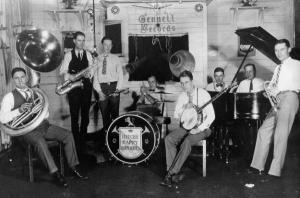
Curtis Hitch led his band the Happy Harmonists from 1922 to 1927 in Indiana. While playing at Indiana University in Bloomington they met a young
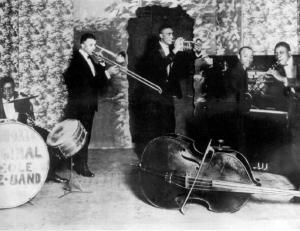
Kid Ory relocated to California from New Orleans in 1919. Ory formed his Original Creole Jazz Band (they sometimes were billed as Kid Ory’s Brown-Skinned Babies) the
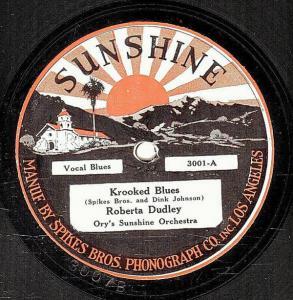
Here we have have Kid Ory’s Creole Orchestra backing up Blues singer Roberta Dudley, just one month before the band recorded their historic sides as Spike’s Seven Pods